Baseball History Comes Alive Now Ranked #2 by Feedspot Among All Internet Baseball History Websites and Blogs!
Guest Submissions from Our Readers Always Welcome!
Scroll Down to Read Today’s Essay
Subscribe to Baseball History Comes Alive for automatic updates.
As a Free Bonus, you’ll get access to my Special Report: Gary’s Handy Dandy World Series Reference Guide!
1948 World Series Photo Gallery
Click on any image below to see photos in full size:
The Indians Clinch the 1948 Pennant 76 Years Ago Today!
Today is the 76th anniversary of a great day in Cleveland Indian history. Under Manager Lou Boudreau, they clinched the 1948 World Series after prevailing against the Boston Red Sox in a one-game playoff and advanced to the World Series (October 6-11, 1948) for the first time since 1920.
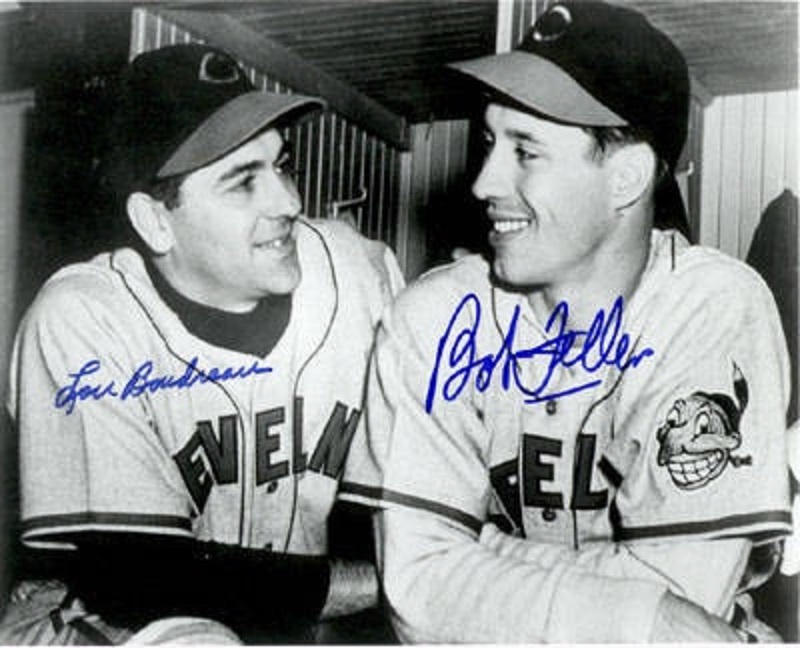
The Indians won the World Series against the Boston Braves in six games, even though their great Hall-of-Fame pitcher Bob Feller made two starts but failed to win either game. Larry Doby was the hitting star for the Indians, with a home run in Game Four that contributed to a 2-1 Indian victory. He hit .318 for the Series, adding a double and two RBIs.
In the featured photo above, we see one of my World Series favorites. This great photo is from the second inning of the sixth and final game, won by the Indians 4-3. That’s Braves’ first baseman Earl Torgeson (whose daughter Christine is one of our readers) “laying out” across the Indians’ dugout. He’s attempting to catch a foul ball hit by starting pitcher Bob Lemon, as Indians’ players in the dugout look on. A fan is also visible with outstretched hands making a futile attempt to snare it. If you look closely, you’ll see an arrow pointing out where the ball is. The umpire is Bill Stewart.
The photo gives us a real “slice of Americana” during the 1940s. It’s interesting to see how fans dressed for games at that time. Quite a contrast with today’s casual attire. When was the last time you saw someone in a suit and tie at a ball game? Or guys smoking cigars in the stands? File this one under “days gone by.”
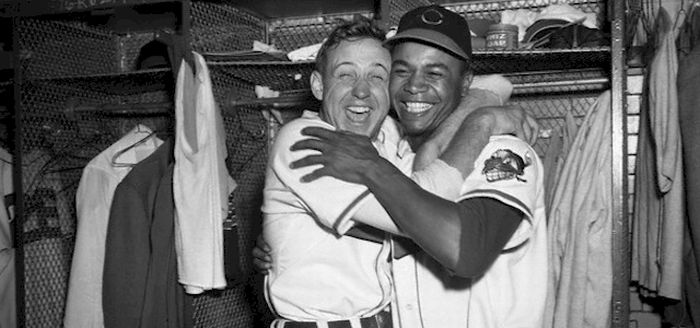
The Indians won the 1948 pennant going 97-58 (.626) under player-manager Lou Boudreau. The ’48 championship is their last to this date. The Indians and Red Sox finished the season in the first tie in American League history, but the Indians advanced to the World Series with a one-game playoff victory, preventing an all-Boston Fall Classic. Billy Southworth’s Braves posted a 91-62 (.595) record, winning the pennant for the first time since the “Miracle Braves” of 1914. It was the first World Series to be televised on a nationwide network and was announced by famed sportscasters Red Barber on TV and Mel Allen on the radio. This was the only World Series from 1947 to 1958 that did not feature a New York team; and the last until 1957 not won by a New York team.
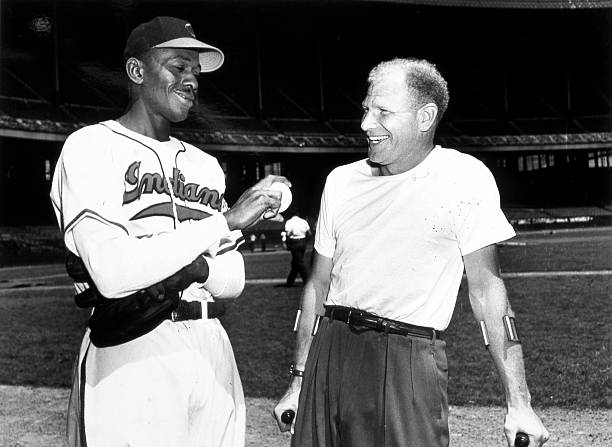
While the Braves had a good-hitting ball club, much of their hopes rested on the arms of Johnny Sain and Warren Spahn. In fact, the baseball adage, “Spahn and Sain and pray for rain” became a part of baseball lore that year. It seemed to capture not only the Braves’ lack of starting pitching depth, but also the essence of their strength. Cleveland’s big winners in ’48 were rookie lefthander Gene Bearden, who started his career as an infielder, Bob Feller, and Bob Lemon.
Many felt that this Series would be decided on the mound, and that prediction proved to be true as the Indians won the Series despite hitting only .199, while their pitching staff posted a 2.72 ERA over 53 innings.
The 1948 World Series drew a total attendance of 358,362, with an average of 59,727 per game. Game Five at Cleveland Stadium saw a major league record crowd of 86, 288. Nine future Hall-of-Famers were in the dugouts for the Series: Lou Boudreau, Larry Doby, Bob Feller, Joe Gordon, Bob Lemon, Satchel Paige, Bill McKechnie, Billy Southworth, and Warren Spahn. Indians’ owner Bill Veeck is also in the Hall of Fame.
In addition to Bill Stewart, other umpires were George Barr, Bill Summers, Babe Pinelli, Bill Grieve, and Joe Paparella. The ceremonial First Pitch of the Series was thrown out by James Byrnes, who at the time was the Secretary of State. In another indication of how times have changed, the winning players’ share was $6,772, while the losing share was $4,571.
Gary Livacari
We’d love to hear what you think about this or any other related baseball history topic…please leave comments below.
Subscribe to Baseball History Comes Alive to receive email updates. FREE BONUS for subscribing: Gary’s Handy Dandy World Series Reference Guide. The site has over 1500 fully categorized baseball essays and photo galleries, now surpassing the one million hits mark with over 1,234,000 hits: https://wp.me/P7a04E-2he
(Please note: If you were previously a subscriber to the website, you may have to resubscribe due to recent technical issues. Just use the green “Follow Us” icon below to resubscribe).
Information: Excerpts edited from
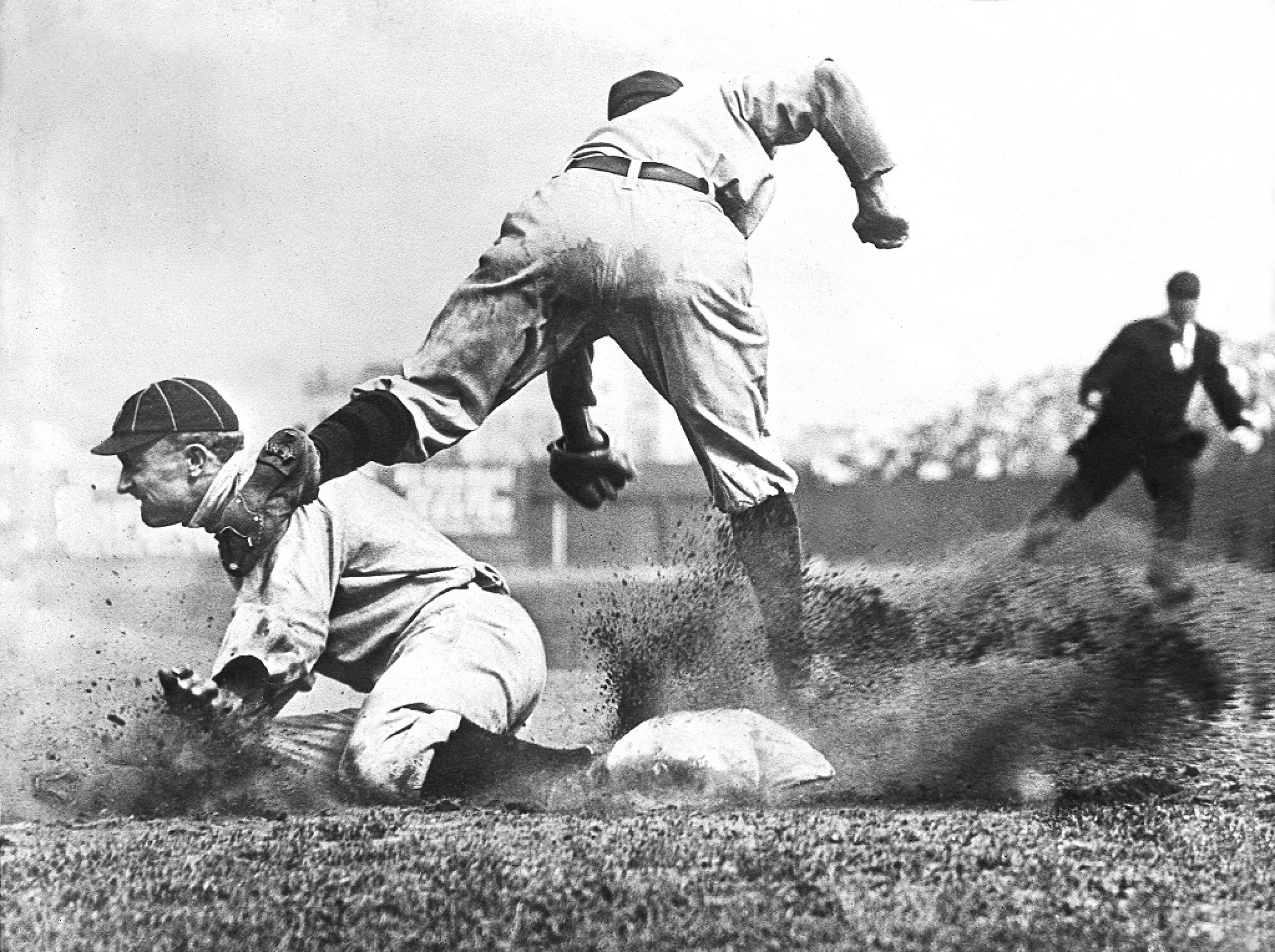
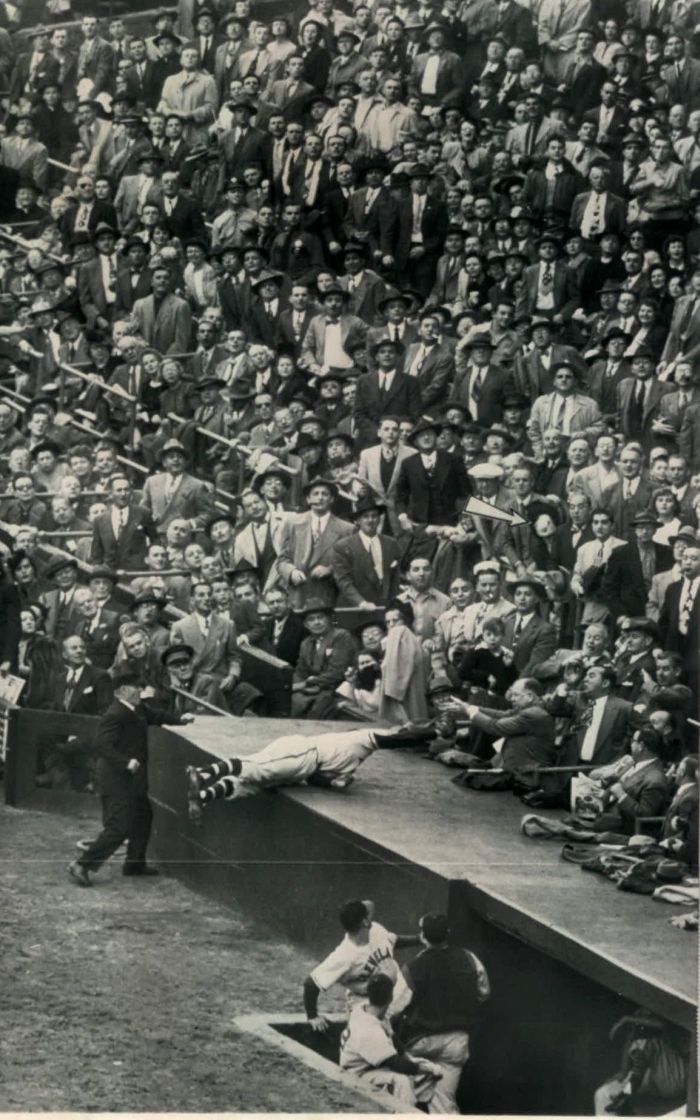
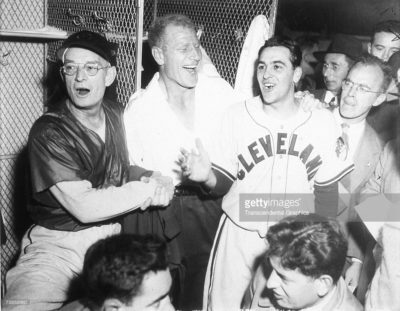
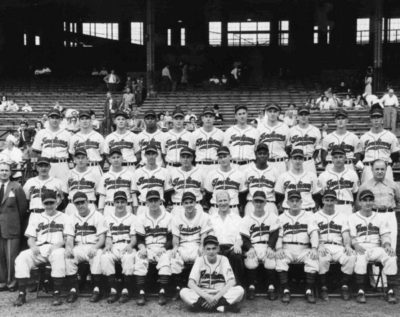
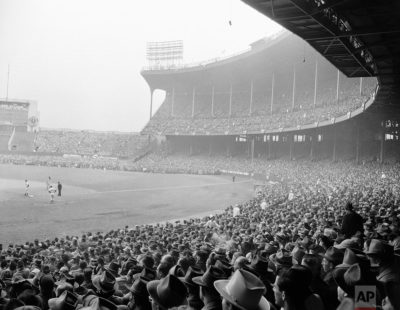
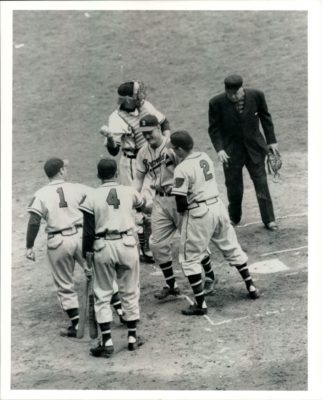
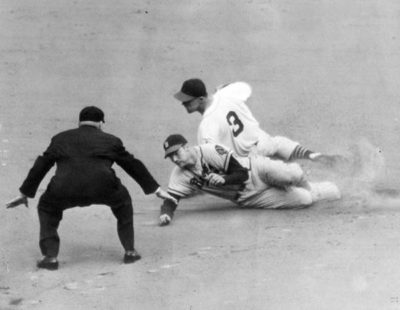
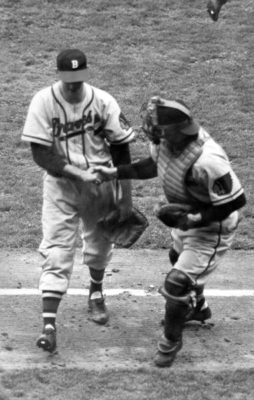
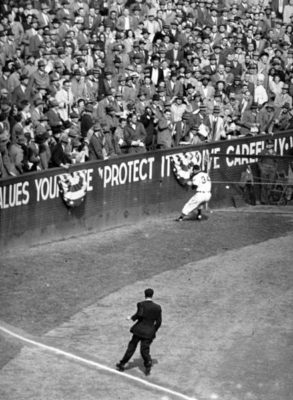
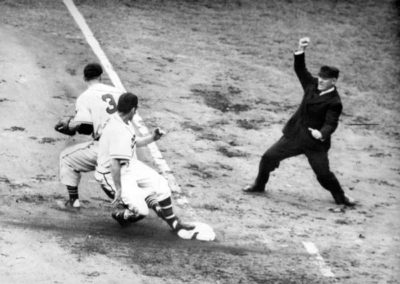
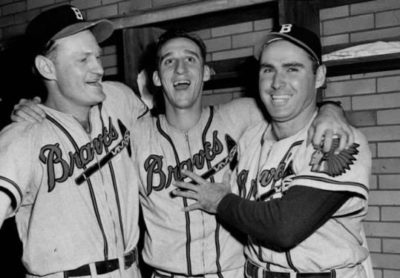
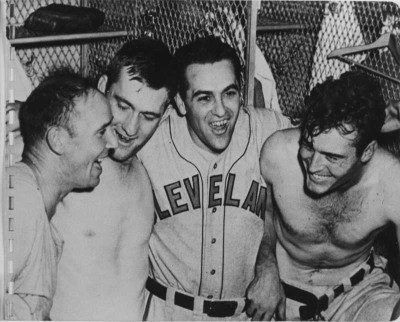
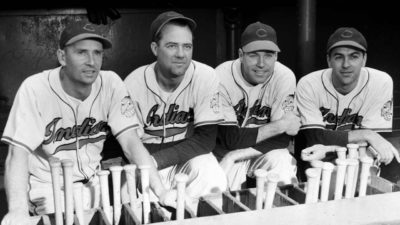
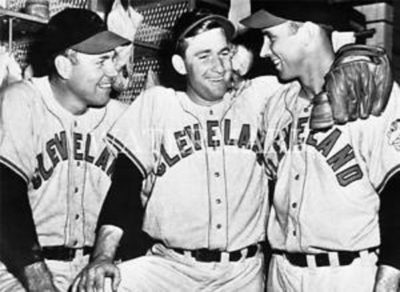
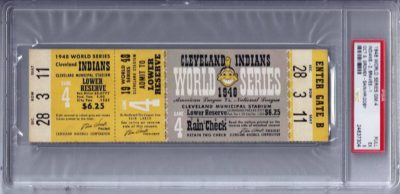
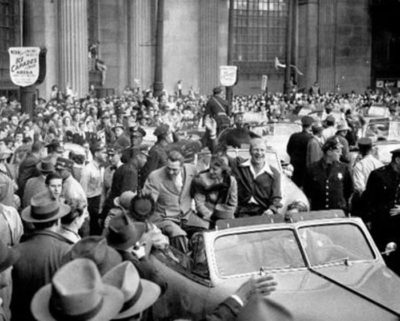
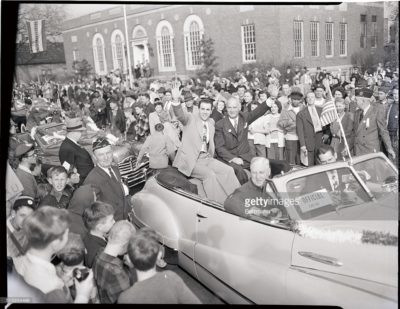
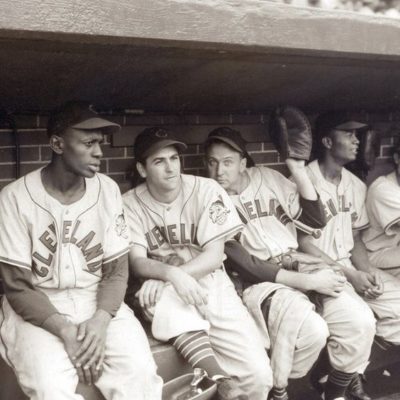
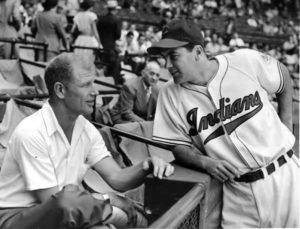
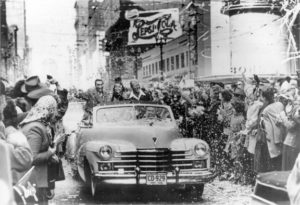
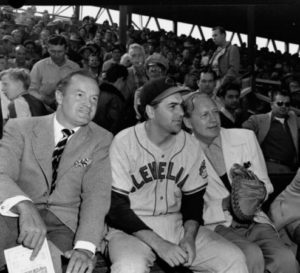
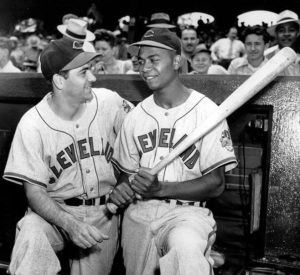
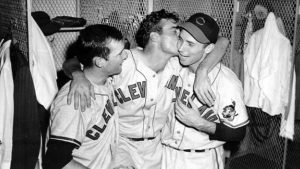
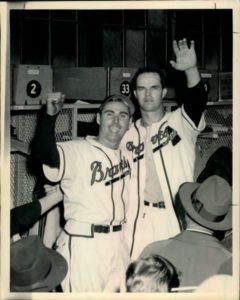
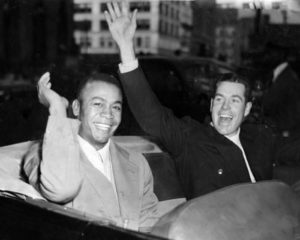
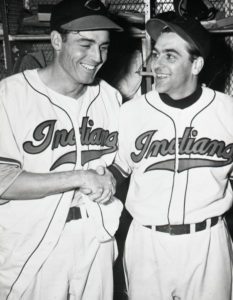
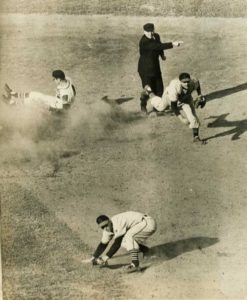
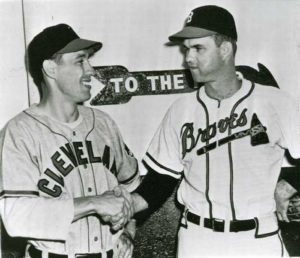
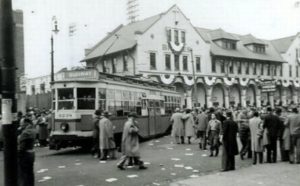
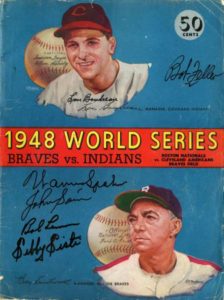
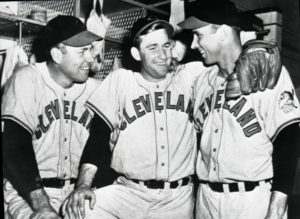
A very fine article. I was unaware that Cleveland and Boston tied and that a playoff was necessary. There some really great players in that 1948 World Series.